The Thin Wall Plastic Container Market is currently characterized by a dynamic competitive landscape, driven by increasing demand for lightweight, cost-effective packaging solutions across various sectors, including food and beverage, pharmaceuticals, and consumer goods. Key players such as Amcor (AU), Berry Global (US), and Sealed Air (US) are strategically positioning themselves through innovation and sustainability initiatives. Amcor (AU) emphasizes its commitment to sustainable packaging solutions, which aligns with global trends towards environmental responsibility. Berry Global (US) focuses on expanding its product portfolio through technological advancements, while Sealed Air (US) is enhancing its operational efficiency through digital transformation and automation, collectively shaping a competitive environment that prioritizes sustainability and innovation.
In terms of business tactics, companies are increasingly localizing manufacturing to reduce lead times and enhance supply chain resilience. The market appears moderately fragmented, with several key players exerting influence over their respective segments. This fragmentation allows for niche players to thrive, while larger corporations leverage economies of scale to optimize production and distribution. The collective influence of these key players fosters a competitive structure that encourages continuous improvement and adaptation to market demands.
In August 2025, Amcor (AU) announced a partnership with a leading food manufacturer to develop a new line of biodegradable thin wall plastic containers. This strategic move not only reinforces Amcor's commitment to sustainability but also positions the company to capture a growing segment of environmentally conscious consumers. The collaboration is expected to enhance Amcor's market share while addressing the increasing regulatory pressures surrounding plastic waste.
In September 2025, Berry Global (US) unveiled its latest innovation in thin wall plastic technology, which reportedly reduces material usage by 20% while maintaining product integrity. This development is significant as it reflects Berry's ongoing efforts to lead in sustainable packaging solutions. By optimizing material usage, Berry Global not only reduces costs but also appeals to environmentally aware customers, thereby strengthening its competitive edge in the market.
In July 2025, Sealed Air (US) launched a new digital platform aimed at streamlining the supply chain for thin wall plastic containers. This initiative is indicative of the company's focus on digital transformation, which is becoming increasingly vital in enhancing operational efficiency. By integrating advanced analytics and real-time data tracking, Sealed Air aims to improve customer service and reduce delivery times, thereby solidifying its position in a competitive market.
As of October 2025, the Thin Wall Plastic Container Market is witnessing trends that emphasize digitalization, sustainability, and the integration of artificial intelligence in production processes. Strategic alliances are becoming more prevalent, as companies recognize the value of collaboration in driving innovation and addressing market challenges. Looking ahead, competitive differentiation is likely to evolve from traditional price-based competition to a focus on technological advancements, sustainable practices, and reliable supply chains, suggesting a transformative shift in how companies compete in this sector.


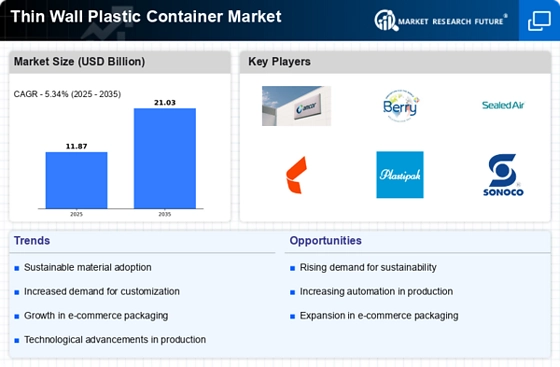
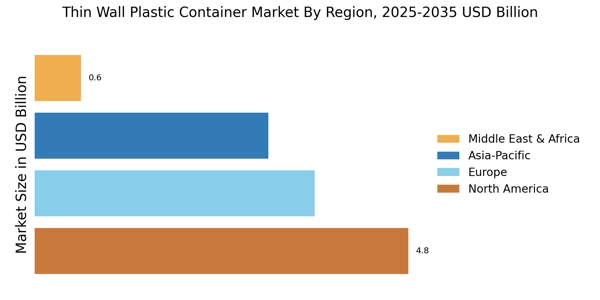

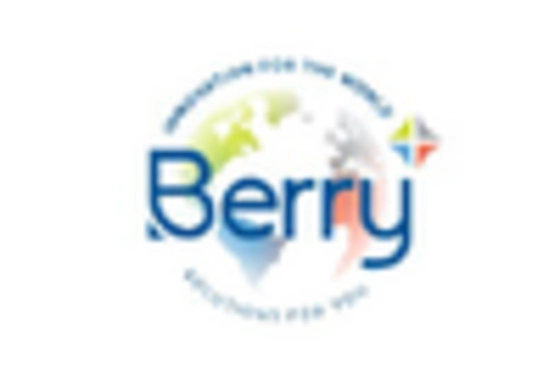

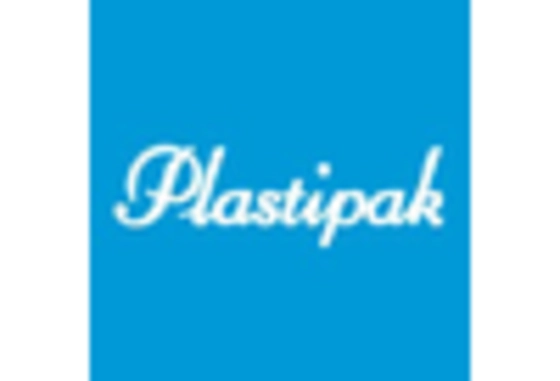
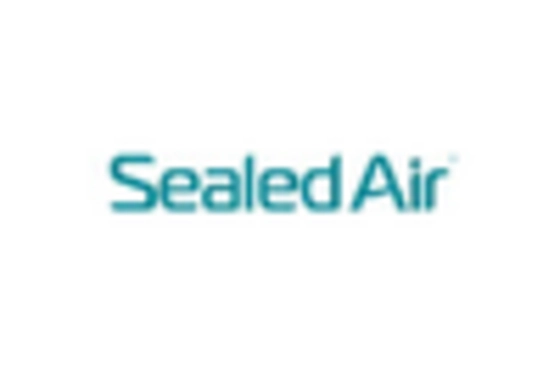
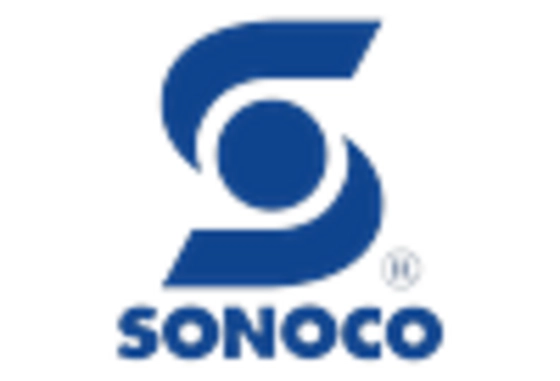








Leave a Comment